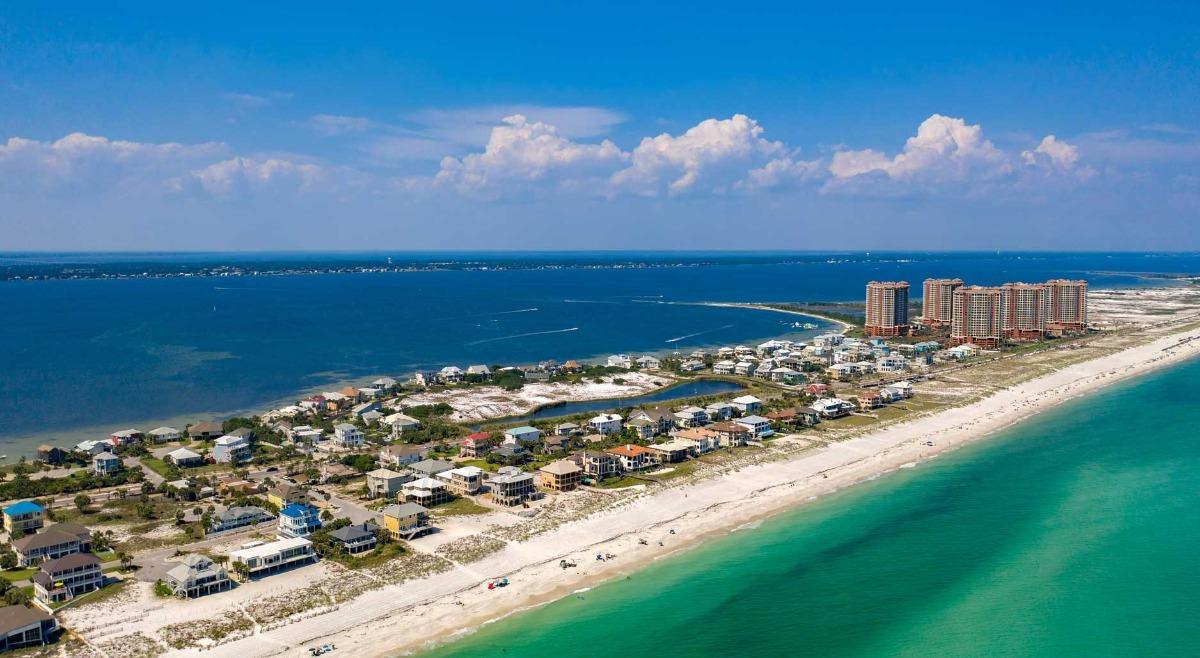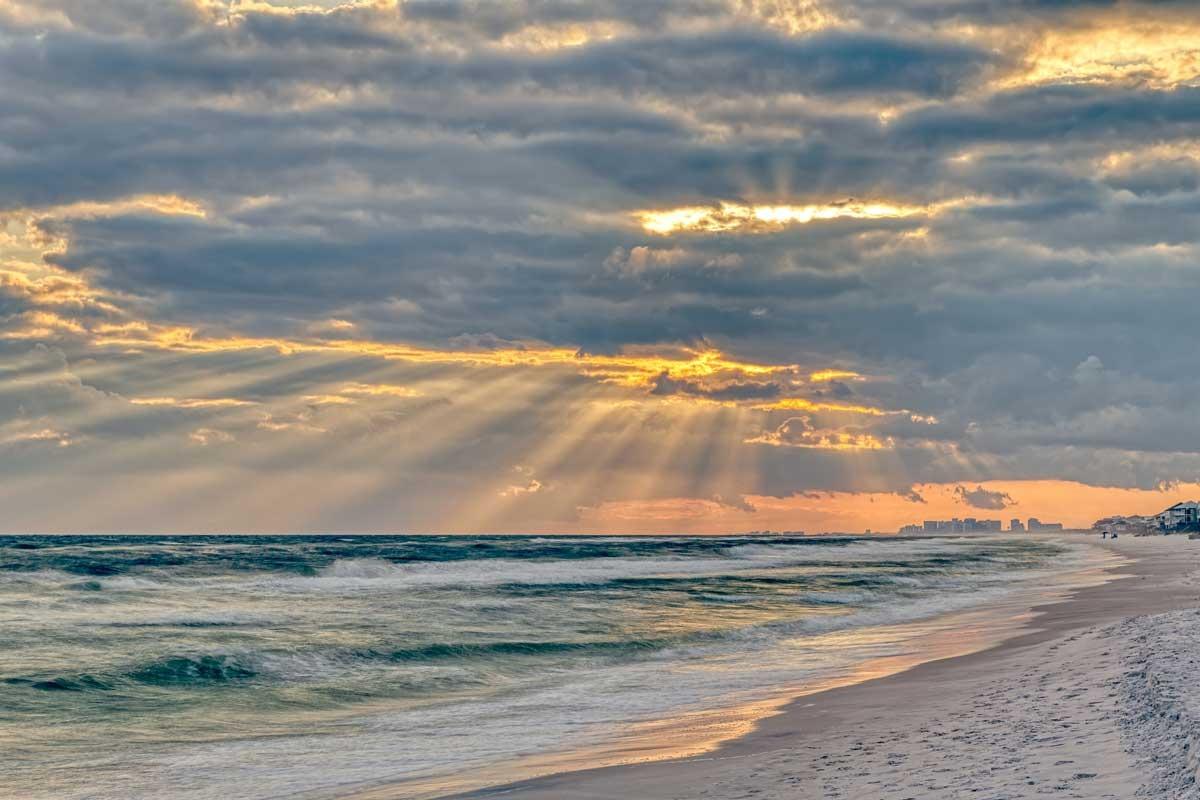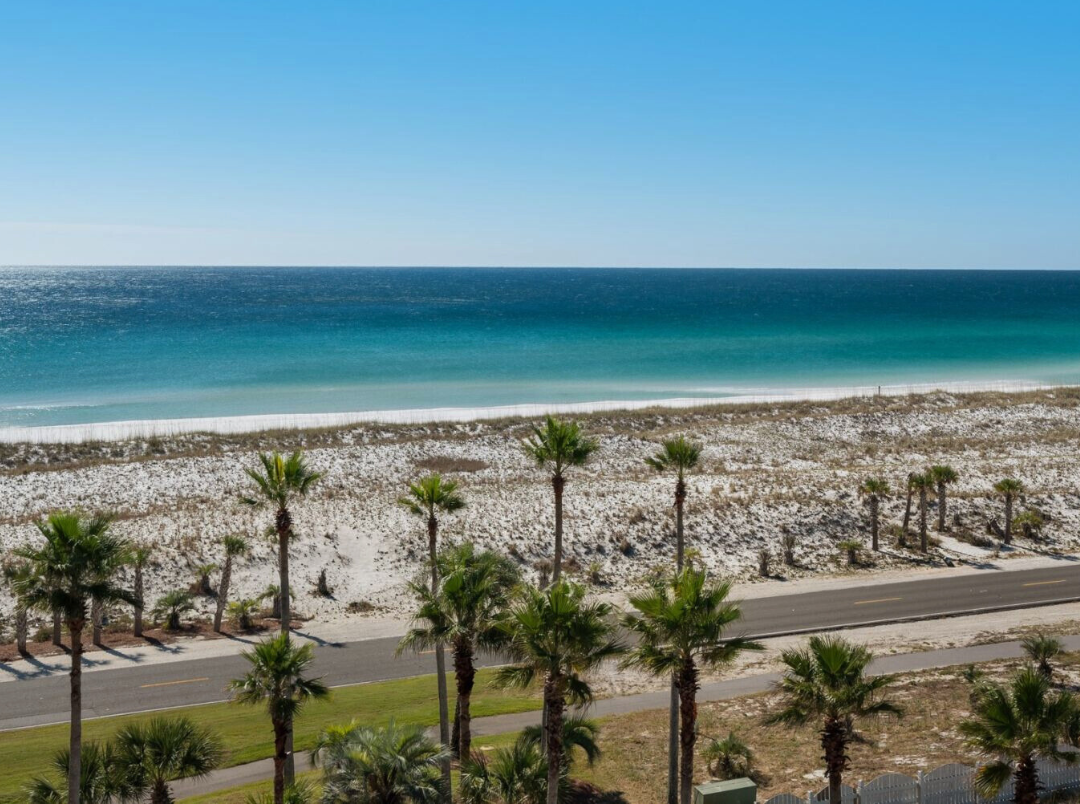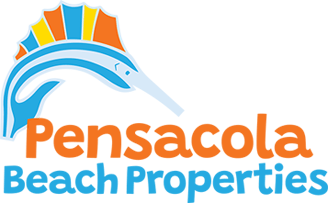From before the Europeans showed up to Pensacola's transformation into a modern city, discover the history of this Florida gem in 4 bite-sized chapters that'll help you see it with fresh eyes.
No matter where you're headed, from the Rocky Mountains in Colorado to a sunny spot in Florida, learning the history of a place makes your trip more meaningful and lets you see it with fresh eyes.
Tucked into the far west end of Florida's panhandle, Pensacola sits just 15 minutes from Pensacola Beach and dishes up history, culture, and sweeping Gulf views. Its status as both vacation hotspot and hometown favorite didn't pop up overnight. The tale starts back in the 16th century and keeps unfolding today.
How did a once-strategic military outpost turn into the Gulf Coast's go-to spot for art, festivals, and good food? In this blog, I'm taking you on a breezy trip through three bite-sized chapters of Pensacola's past, so next time you're strolling the streets or lounging on the beach, you can casually drop some fun facts and wow your vacation crew.
Here's a quick sneak peek:
At Pensacola Beach Properties, we don't just offer a great selection of Pensacola Beach rentals; we've also got the kind of local tips that can seriously level up your trip.
As local experts, we're here to show you the best of what Pensacola Beach has to offer. For more insider ideas, check out our destination blog. We cover everything from top pet-friendly spots to the best places to eat, drink, and enjoy the local nightlife.

Chapter I: Before Europeans Showed Up
Long before Europeans set foot on Florida's Gulf Coast, the area we now call Pensacola was already buzzing. Indigenous communities like the Pensacola people, the Creek, and the Choctaw had made the most of the natural harbor. It wasn't just a place to live. It was a hub for trade, storytelling, and cultural exchange.
The waters were full of fish and shellfish. The forests were rich with game and materials. Canoes glided through the bay, connecting inland and coastal communities. Everything here flowed with the land and sea.
You can still see signs of that vibrant life in the archaeological remains. Pottery, tools, shell mounds—these are the echoes of a culture that shaped this coastline long before anyone came calling from across the ocean.
Tristán de Luna Tries His Luck
In 1559, Spanish explorer Tristán de Luna arrived with big plans to start a colony. It was one of the earliest attempts to settle in what is now the United States. The timing couldn't have been worse.
Only five weeks in, a hurricane hit. Ships sank, supplies disappeared, and the whole mission started to crumble. The settlers struggled with hunger, illness, and tension with local tribes. After two difficult years, they gave up and sailed to Havana.
A Complicated Encounter
The Spanish didn't just bring flags and maps. They brought religion, ambition, and, unfortunately, disease. Native communities had no immunity to the illnesses Europeans carried. Populations dropped. Cultures were shaken. The arrival of Europeans brought more than just explorers. It brought massive change.
Still, Pensacola's natural harbor continued to catch the eye of empire builders. It was easy to see why. Whoever controlled it had influence over the Gulf and the shipping routes that passed through it.
Layers of History
Pensacola's story didn't begin with European settlers. And it didn't end with them either. This stretch of coast has always attracted people looking for opportunity, community, and a connection to the sea.
Over time, each new group added to the story. Some came for power, others for peace or profit. The result is a city with deep roots, a complex past, and a character that still fascinates everyone who visits.

Chapter ii: Pensacola, The Prize Everyone Wanted
Pensacola's past reads like a game of tug-of-war between empires. Spanish, French, and British powers all wanted this spot, and for good reason. With its deep-water harbor opening straight into the Gulf of Mexico, it was the perfect place to control trade and flex some military muscle.
Spain Kicks Things Off
After a rocky start with Tristán de Luna's failed mission, Spain circled back in the late 1600s with a plan to stay for good. They started building forts—serious ones. Fort Barrancas, perched high above the bay, is still around to tell the tale. This wasn't just a pretty coastal outpost. It was Spain's way of saying, "hands off" to the competition.
France Has Its Eye on the Prize
Britain Builds Big
Then came the British. Once they took over in the mid-1700s, things shifted fast. They added more defenses, laid down a street grid, and turned the place into a busy little colonial port. Ships came and went, loaded with goods headed for the Caribbean, Europe, and the American colonies.
The City That Couldn't Catch a Break
A City with Layers
Today, Pensacola still carries the stamp of all these rival empires. Fort Barrancas is standing strong. Historic Pensacola Village has that old-world feel. Look closely and you'll see the blend—Spanish arches, British city planning, French flair in the kitchen. It's all there, layered into the streets, the food, and the stories locals tell.

Chapter III: American Era and the Civil War: Shaping Pensacola's Destiny
The transition of Pensacola into American hands in 1821 marked the beginning of a new chapter in its storied history. As part of the Adams-Onís Treaty, Florida, and with it, Pensacola, was ceded by Spain to the United States, opening a new era of development and conflict for this strategic port city. The early American period saw Pensacola's continued use as a military and naval base, capitalizing on its excellent natural harbor. However, it was the Civil War that would leave an indelible mark on the city, transforming it from a strategic military hub into a battleground for control over the Gulf of Mexico.
The Prelude to War and Pensacola's Strategic Importance
In the decades leading up to the Civil War, Pensacola experienced modest growth. The establishment of the Pensacola Navy Yard in 1825 underscored the area's strategic military value, serving as a precursor to the expansive Pensacola Naval Air Station that would come to dominate the city's economy in the 20th century. Pensacola's deep-water port was crucial for naval logistics and operations, setting the stage for its pivotal role in the looming conflict.
Pensacola in the Civil War
When Southern states broke from the Union, Pensacola quickly became a strategic hotspot. Confederate forces took control of the Navy Yard and Fort Barrancas early on, recognizing the city's importance for maritime defense and supply lines.
But the Union wasn't going to let it go easily. Pensacola became part of a broader blockade effort, with skirmishes and artillery fire, specially during the Battle of Santa Rosa Island, helping the Union squeeze the South's access to trade by sea.
Life in the city took a hit. Blockades caused shortages, the economy faltered, and the once-busy navy yard was left in ruins. Pensacola's key military role came at a steep cost to both its people and its infrastructure,
Reconstruction and Rebuilding: From Ashes to Resilience
The aftermath of the Civil War saw Pensacola grappling with the vast changes sweeping the South. The city's economy, heavily reliant on the military and maritime industries, faced the daunting task of rebuilding. However, the resilience of Pensacola's residents shone through as they worked to repair and revitalize the city. The reconstruction of the navy yard and the gradual return of maritime trade laid the groundwork for recovery, setting Pensacola on a path toward prosperity.

Chapter IV: Transformation into a Modern City: Military Base and Tourist Destination
Pensacola got a major boost in the early 1900s when the Naval Air Station set up shop. That kicked off a new chapter: the city became a big name in military aviation. It's also where the famous Blue Angels train and perform, which is pretty cool.
At the same time, the city started turning heads for a different reason — its beaches. People came for the sun, stayed for the culture. Think seafood festivals, big art shows, and a downtown that knows how to mix old charm with fresh energy.
Downtown's been getting some love, too. Historic buildings now sit side-by-side with trendy spots, making it a fun place to live or just visit for the weekend.
From military roots to beach-town buzz, Pensacola's story is all about growth, grit, and a good time.
Now that you know Pensacola's history...
Here's an idea: If you're planning to explore the city of Pensacola, Pensacola Beach makes an amazing base. It's quieter, less touristy, and perfect for soaking it all in. Make the most of your stay by booking a beautiful vacation rental. It's the best way to live like a local. There's nothing like experiencing this slice of Florida paradise with all the privacy and comfort you need.
At Pensacola Beach Properties, we offer a wide selection of the best short-term rentals in Pensacola Beach and Navarre Beach, including vacation rentals with pools and pet-friendly options. Staying with us, all you have to do is kick back, relax, and soak in the Gulf Coast vibes to the fullest.


